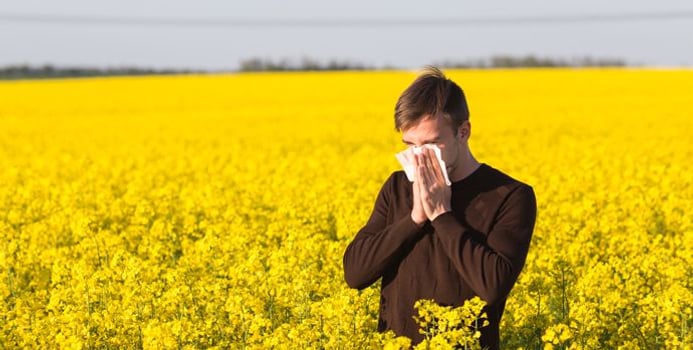Hay fever is usually worse during the warmer, humid months because this is when the pollen count is highest, and according to The Guardian, between 10 and 20 percent of adults are allergic to pollen (small particles released by plants). Hay fever is caused by an allergic reaction to allergens in the air, most often pollen, Medicine Net reports.
The symptoms are uncomfortable and can vary from sneezing and coughing, a running nose, itchy throat and eyes, headaches and fatigue. Unfortunately, there are no cures for hay fever, but there are ways to help you deal with it by following a simple list of do's and don’ts.
According to the NHS, to reduce the risk of symptoms you should limit the time you spend outdoors, keep fresh flowers out of the house, and don’t dry your clothes outside to avoid pollen. The Guardian also reports that you should wash regularly to remove the pollen build up that can get on your body and clothing, and limit the dairy and sugar products as this can worsen the symptoms.
The best time to be outside is before 10 a.m., and after 4 p.m. (between these times is when there is the most pollen dissemination). The publication also advises going outdoors after it has rained, as the rain will clear the pollen from the air. Other preventative measures include wearing wraparound sunglasses to avoid getting pollen in your eyes and spreading Vaseline on your nostrils and around the eyes to trap pollen.
According to e Medicine Health, there are a few home remedies that you can benefit from, including gargling with table salt and warm water. Or by taking non-prescription antihistamines such as diphenhydramine. However, if your symptoms worsen or do not improve with self-treatment, you should contact a pharmacist or a general practitioner to seek further treatment.
[Image via Shutterstock]



